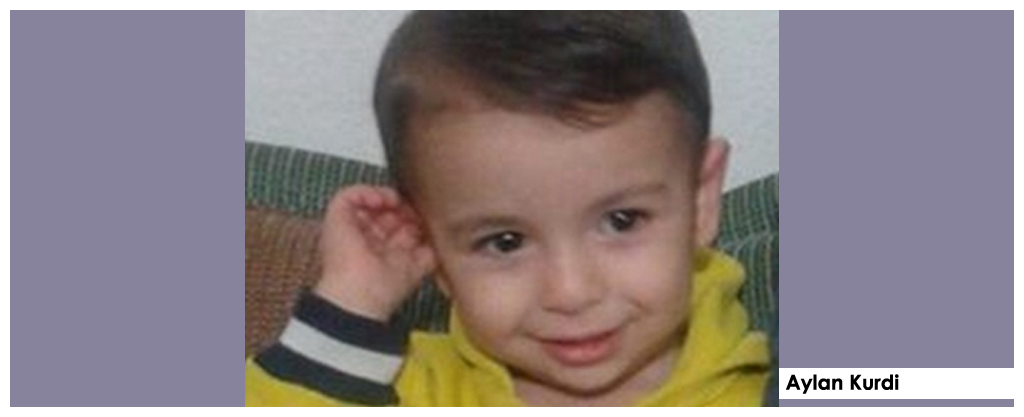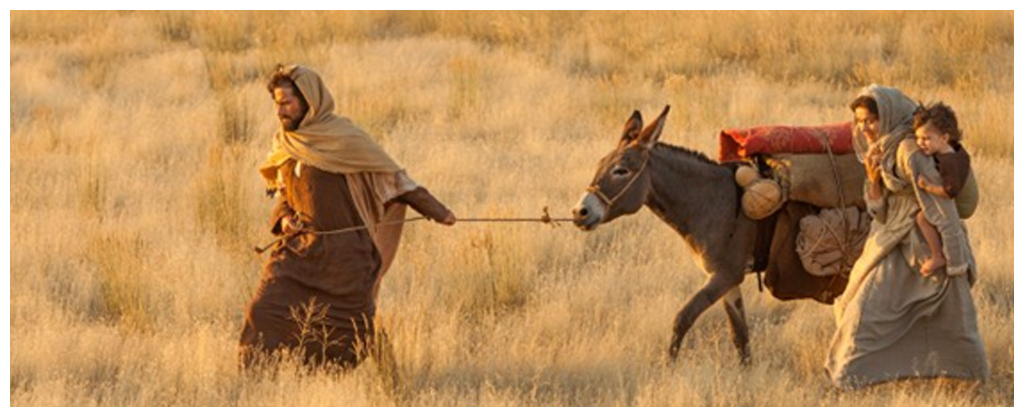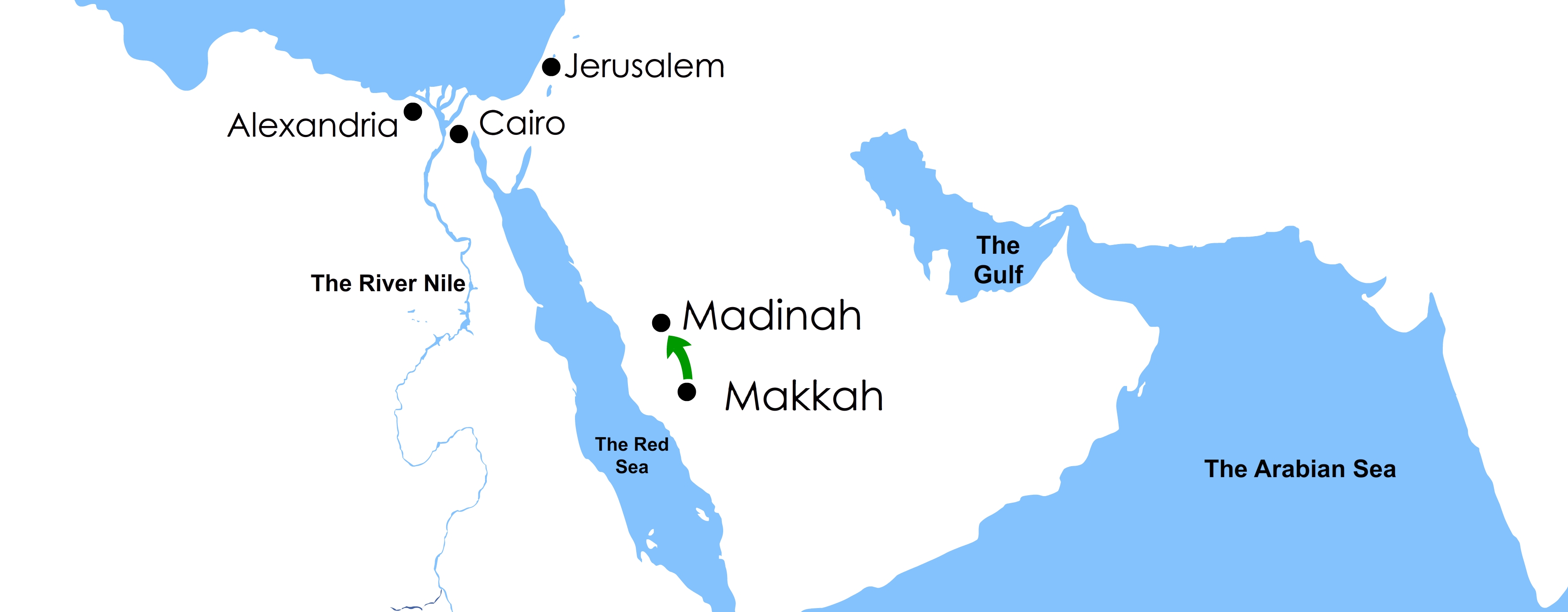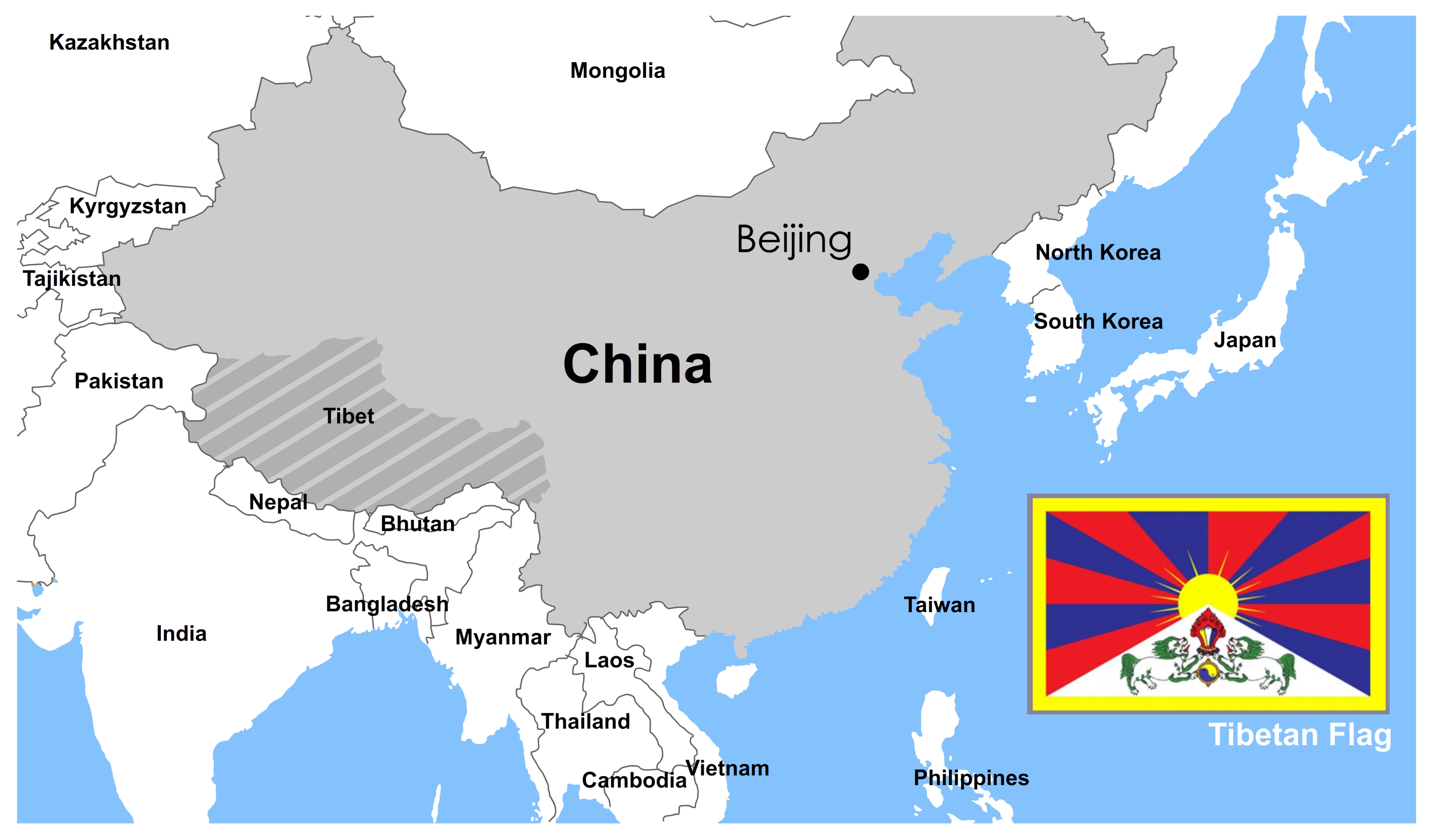|
Article 2: Religious Leaders as Refugees. In September 2015 images of a Syrian refugee body washed up on a seaside in Turkey shocked the world. Aylan Kurdi was three years old and lay dead on the beach. He was one of tens of thousands of refugees but the pictures of him crystallised the suffering of the rest. |

|
|
Today, people's attitude towards refugees from Syria and elsewhere in the Middle East is mixed and complex. There's a lot of sympathy, definitely. Partly perhaps because the history of the refugees has much in common with the life of Jesus.
|
|
Jesus, Mary and Joseph were refugees in the Middle East. The story of the birth depicts a family looking for a place to stay only to discover they had no place in Bethlehem.
|

|
|
‘When they had gone, an angel of the Lord appeared to Joseph in a dream. “Get up,” he said, “take the child and his mother and escape to Egypt. Stay there until I tell you, for Herod is going to search for the child to kill him.” So, he got up, took the child and his mother during the night and left for Egypt,” (Mathew 2:13-14)
|

|
|
The Dalai Lama is a refugee.
|

|
|
Following attacks by China, the Dalai Lama sought to lead his people by holding many peace talks with the Chinese government.
Tibet tried to oppose China but the result was to defeat Tibet and oppress the people.
The Dalai Lama was forced to become a refugee and left Tibet in 1959. He and over 100,000 other Tibetan refugees now live across the border in Dharamsala in Northern India, Nepal and Bhutan. The Dalai Lama has since reminded the world of his country's precarious situation and sought to protect the rights of the Tibetan people. He travelled the world as an ambassador for his country.
|

|
|
In 1989, he won the Nobel Peace Prize for his non-violent effort for the freedom and rights of the Tibetan people. Although he and others of the Tibetan people had to live as refugees, he still maintained his faith over peaceful efforts for the people of his country. He travelled to 67 countries, spoke to countless leaders and was partly responsible for writing over a hundred books.
|

|
|
About refugees he said, 'Looking into the face of all refugees, especially the children and girls, we can feel their suffering'.
He has said that the welcome from some European countries to refugees from the Middle East has been excellent.
|


